QuestionI bought a pair of male russian tortoises today. I got a 40 gal terrarium and all the accessories. They were in a very large (not sure how big) terrarium with one other that had proper lighting (heating lamp and uvc light). They were fed both tortoise pellets and fresh chopped lettuce daily. I have done some reading since I got home and every place I look states that you should add the powdered calcium and the vitamins to their food daily when they are young. My question is... I don't know how old they are so for how long and how often should I continue adding either or both to their food.
Thank you for taking the time to answer my question.
AnswerHi Katie,
My specialty is Russian tortoises (I have kept them for a number of years, hatchling to adult). They are great tortoises and not difficult to care for if you set them up correctly. However, you're going to need to make some changes.
Tortoises don't do well in tanks, and 40 gallons is too small for one tortoise. For two, you really need at least 5 x 3, and bigger than that is better. You can build a tortoise table, use an old bookcase turned on its back, etc.--anything open and airy. The good news is that since you're in California, you can build an outdoor pen for spring, summer, and fall, and if you live in S. CA, you can probably keep them outside most of the year (don't try to put them outside now, because they won't be able to acclimate).
For now, since they're inside, here's how to set them up:
Substrate: use a 50/50 mix of coir and playsand, and keep it a little damp. Don't use anything else. They need the humidity to prevent dehydration from the basking lamp.
Heat/lighting: You need both heat and UVB. You can either use a basking bulb and separate UVB tube bulb (Reptisun 10.0) or a combination heat/UVB lamp (ZooMed Powersun). You *must* have good UVB indoors, and those are the only two UVB bulbs I recommend. The Reptisun has to be replaced every six months, and the Powersun yearly. The basking temperature (measure on the substrate under the basking bulb) should be 90-95 degrees, and the cool area 70-75. The lights should be on 12-14 hours a day. Sometimes in the winter you need to boost the light hours to 15-16 hours.
Provide a dish of water in the enclosure at all times. It should be big enough for the tortoises to get into completely. You should also soak them in lukewarm water for 15-20 minutes a couple of times a week.
Diet should be leafy greens and weeds. NO fruit, NO veggies, and NO pellets. Leafy greens can include turnip, mustard, collards, kale, and limited spring mix/romaine. Lettuce is low nutritionally, so you don't want to overdo that. Weeds can include dandelion, clover, chicory, sow thistle, plantain, mallow, etc., along with prickly pear cactus, grape and mulberry leaves, violas, nasturtiums, hibiscus, and abutilon. If you build an outdoor pen you can plant it so they can graze for themselves, which gives them something to do and allows them to chose what they want to eat.
Don't add calcium and vitamins to the food. It's actually possible to overdose and cause problems that way. Instead, provide a good varied diet and put a cuttlebone in the enclosure so the torts can nibble on it for extra calcium if they need it. Tortoises aren't dumb, and they know what they need better than you do! I've raised hatchlings this way, and they grow into healthy adults.
What the pet store told you may or may not be accurate as far as sex; unfortunately, most pet stores give out very poor information regarding tortoises. Males have a long, thick tail that usually hooks at the end, so unless you actually see that you could have either females or immature males (all tortoises look female until they're mature). At 4", sexing can be pretty iffy unless they're obviously male. Here's a link that may help, but if you're not sure, you can post back with a picture of the tail area. http://www.russiantortoise.net/male_female.htm
If you have more questions, please post back. As I said, they're really delightful pets and very interesting to watch. Give them plenty of room, good food, and they'll be very healthy for years to come.

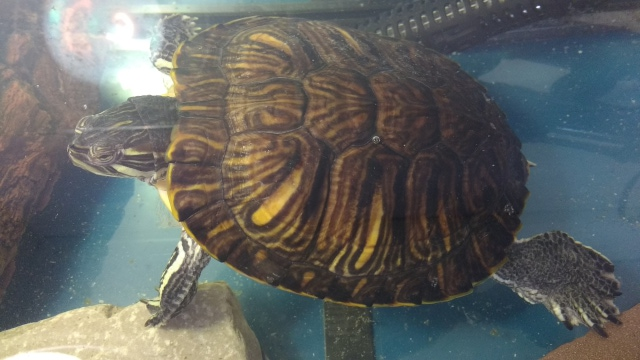 What kind of turtle do i have?
Question
Turtle above turtle ear
What type
What kind of turtle do i have?
Question
Turtle above turtle ear
What type
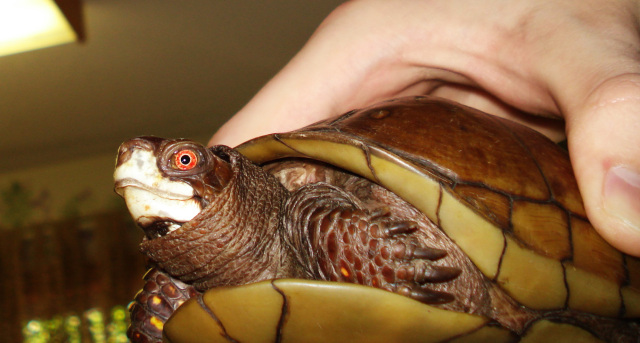 What kind of turtle is this?
Question
Turtle
I found a turtle in my back yard, and I
What kind of turtle is this?
Question
Turtle
I found a turtle in my back yard, and I
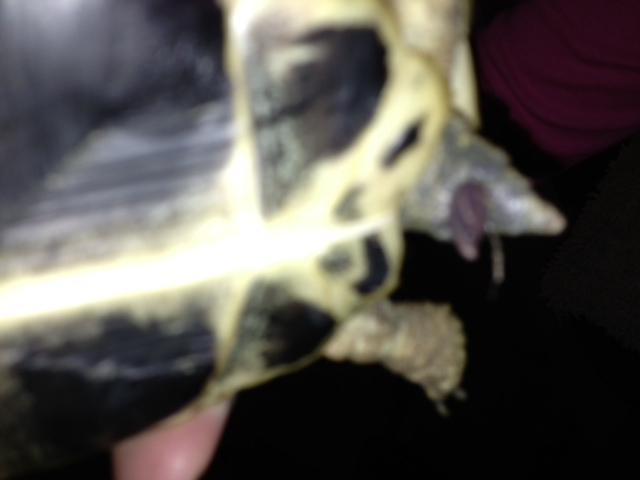 Hermann Tortoise
QuestionQUESTION: Hello. My question is in regards to o
Hermann Tortoise
QuestionQUESTION: Hello. My question is in regards to o
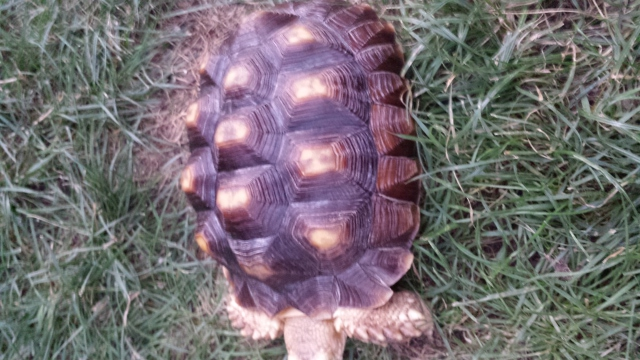 Tortoise identification
Question
Shell Belly
Hi,I think my tortois
Tortoise identification
Question
Shell Belly
Hi,I think my tortois
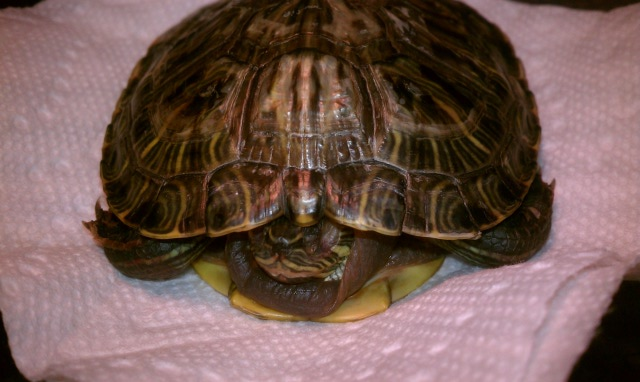 RES turtle being treated for Septicemia
QuestionQUESTION: Hello,
I have a RES turtle being tre
RES turtle being treated for Septicemia
QuestionQUESTION: Hello,
I have a RES turtle being tre